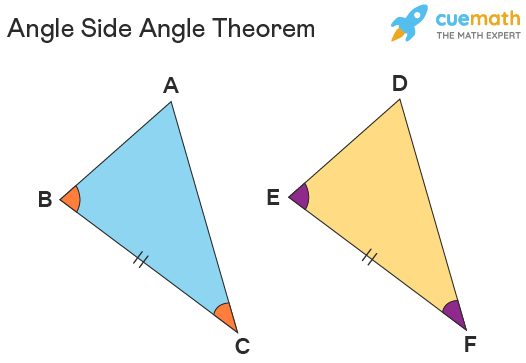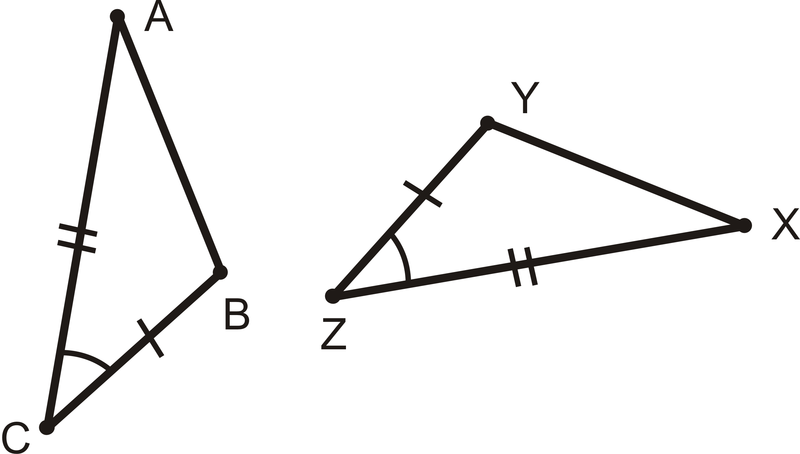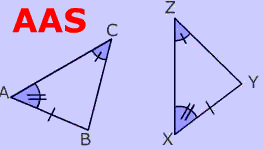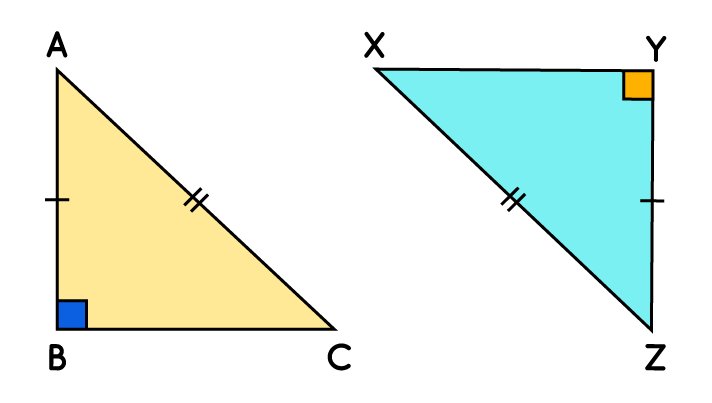Congruence with Tranformations- Unit 3
1/58
Earn XP
Description and Tags
Geometry
Name | Mastery | Learn | Test | Matching | Spaced |
|---|
No study sessions yet.
59 Terms
Transformation
A change in the size, position, orientation of a figure.
Rigid Transformations
Transformations that preserves congruence
Translation
A transformation which moves each point of a figure the same distance and in the same direction.
Reflection
A transformation which flips the figure over a line
Line of Reflection
The line where the figure is fliped
Rotation
Turning a figure about a fixed point
The 2 D’s of rotations
1) Direction (CW or CCW)
2) Degree ( 90, 180, 270, 360)
Pre image
Figure before the transformations
Image
The resulting figure after a transformation of the pre-image
Final Image
The last transformation given to a figure
General Rule/ Coordinate Notation
The translation rule could be written as (x,y) → (x+_, y+_)
X-coordinate, to the add you go to the
Right
X coordinate, to subtract you go to the
Left
Y coordinate, to add you go
Up
Y coordinate, to subtract you go
Down
Congruent (≅)
Same/equal shape and size
Similar (=)
Same/equal shape but different size
Counterclockwise
Rotating to the right
Clockwise
Rotating to the left
General Rule for a Reflection over line y=x
(x,y) —> (y,x) (Just flip axis)
General Rule for a Reflection over line y=-x
(x,y) —> (-y, -x) (flip axis and signs)
Horizontal lines of reflection- y=#
Whatever number (point) that’s behind the y, replace the y axis going horizontally from that number (point)
Vertical lines of reflection - x=#
Whatever number (point) that’s behind the x, replace the x axis going vertically from that number (point)
90° counterclockwise rotation about the origin is the same as
270° clockwise
The general rule for 90° CCW and 270° CW
(x,y) —> (-y,x)
180° counterclockwise rotation about the origin is the same as
180° clockwise (stays the same)
The general rule for 180° CCW and CW is
(x,y) —> (-x,-y)
270° counterclockwise rotation about the origin is the same as
90° clockwise
The general rule for 270°CCW and 90°CW is
(x,y) —> (y,-x)
360° counterclockwise rotation about the origin is the same as
360° clockwise (stays the same)
The general rule for 360°CCW and CW is
(x,y) —> (x,y) (stays the same)
Two things that need to in order to know if 2 triangles are congruent
1) Congruent sides
2) Congruent angles
Slash markings on a triangle are for
Sides
Arc markings on a triangle are for
Angles
Corresponding Parts
Angles in which are congruent to each other Ex: ∠ A ≅ ∠D
Triangle Congruence Theorems
The five triangle congruence theorems suggest congruence in relation to the triangles, if the none of these methods work on the triangles then they are not congruent
Angle-Side-Angle (ASA)
When two angles and the included side of 1 triangle is congruent to 2 angles and included side of another triangle

Side-Side-Side (SSS)
When 3 sides of 1 triangle are congruent to 3 sides of another triangle

Side-Angle-Side (SAS)
When 2 sides and the included angle of 1 triangle are congruent to 2 sides and included angle of another triangle

Angle-Angle-Side (AAS)
When 2 angles and 1 non-included side of 1 triangle are congruent to 2 angles and 1 non-included side of another triangle

Hypotenuse Leg (HL)
Hypotenuse and leg of 1 right triangle are congruent to hypotenuse and leg of another right triangle. (Only triangles who have right angles can use this method but make sure it passes through the other methods first.) HAVE TO MAKE SURE IT STATES THAT THE HYPOTENUSE IS CONGRUENT TO EACH OTHER

When identifying methods, you have to make sure that
Either angles and sides are next to each other in order
Line Symmetry
When a figure has this it can be reflected onto itself along a line called the line symmetry.
Lines of symmetry
Lines that state ways to split a figure in equal parts
Rotational Symmetry
If the figure can be mapped onto itself by a rotation between 0° and 360° around the center of the figure. (the figure has this when it still lokes the same after a rotation
Magnitude of symmetry
The smallest angle through which the figure can rotate so that it maps onto itself. (for most of the time, divide 360 by the number of lines of symmetry of the figure to get the magnitude)
Triangle Proofs
Are by completing two column proofs which consist by statements and reasons to reach a final proven conclusion
Reflexive Property: AB=BA
When the triangles have an angle or side in common
Vertical Angles are Congruent
When two lines are intersecting
Right Angles are Congruent
When you are given right triangles and/or a square/rectangle
Alternative Interior Angles of Parallel Lines are Congruent
When the givens inform you that two lines are parallel
Definition of a Segment Bisector
Results in 2 segments being congruent
Definition of a Midpoint
Results in two segments being congruent
Definition of an Angle Bisector
Results in two angles being congruent
Definition of a Perpendicular Bisector
Results in 2 congruent segments and right angles
3rd Angle Theorem
if 2 angles of a triangle are congruent to 2 angles of another triangle, then the 3rd angles are congruent
Definition of a Segment Bisector
Results in 2 segments being congruent
NOTE:
Do NOT assume anything if it is not in the given
CPCTC
An acronym for Corresponding Parts of Congruent Triangles are Congruent. Once 2 triangles are proven to be congruent, then the 3 pairs of sides and angles that correspond must be congruent. Is usually at the end of a proof to show that 2 angles or 2 sides are congruent. (ONLY STATE THIS AFTER THE TRIANGLES HAVE BEEN PROVEN TO BE CONGRUENT)